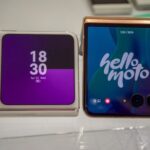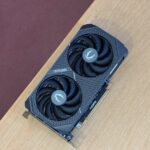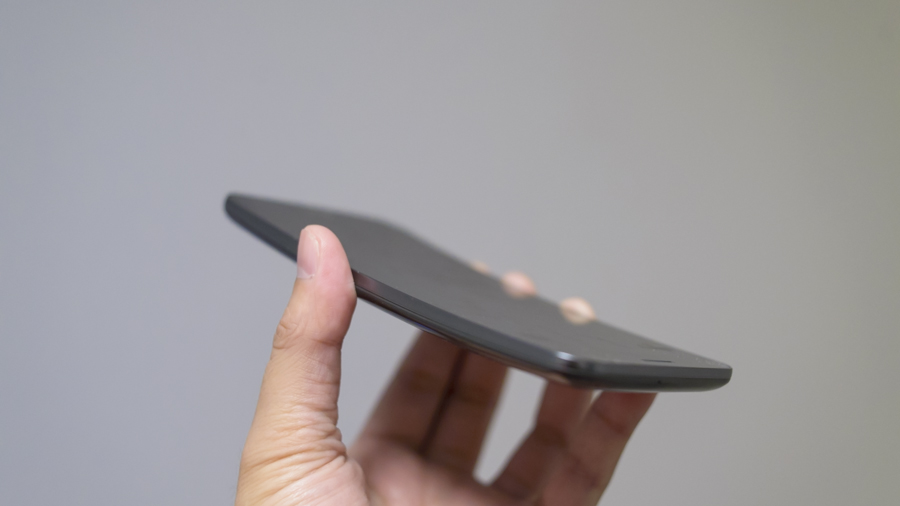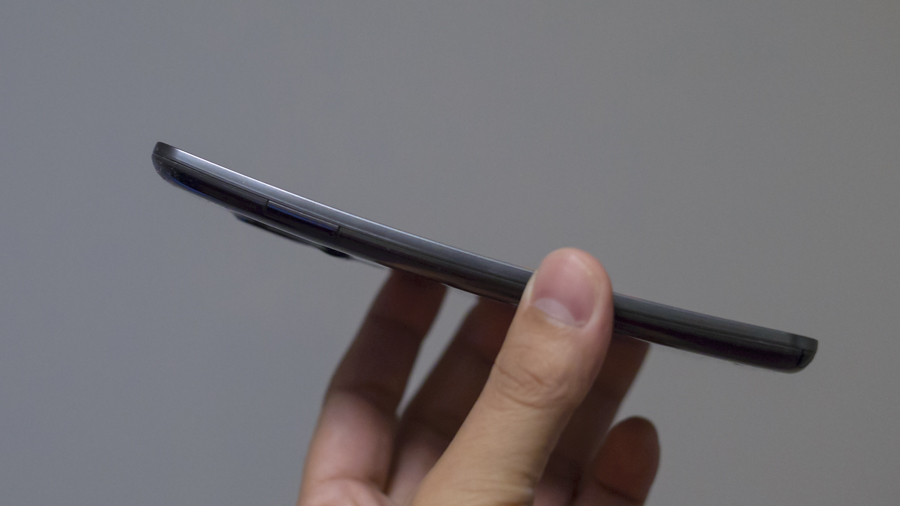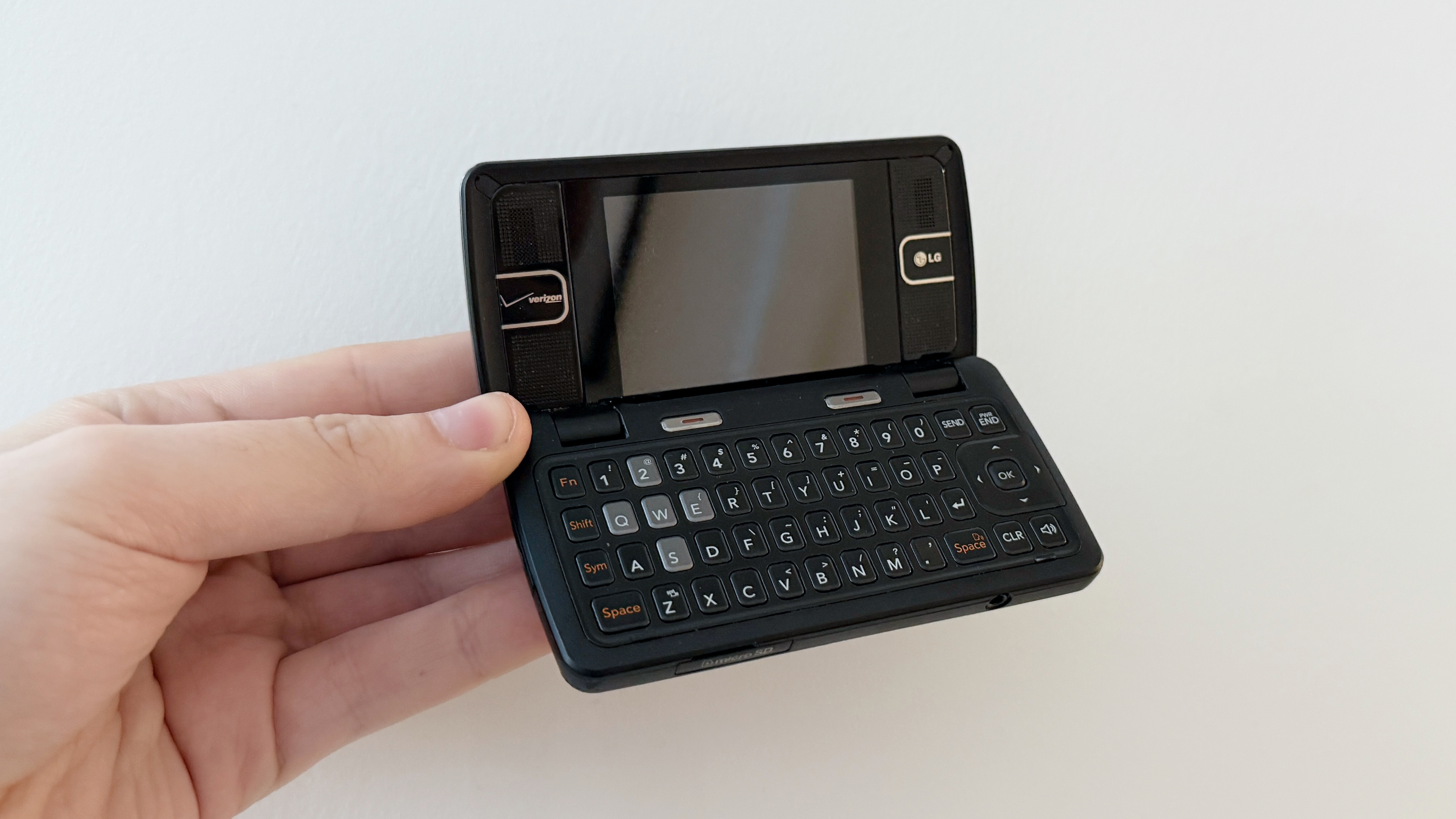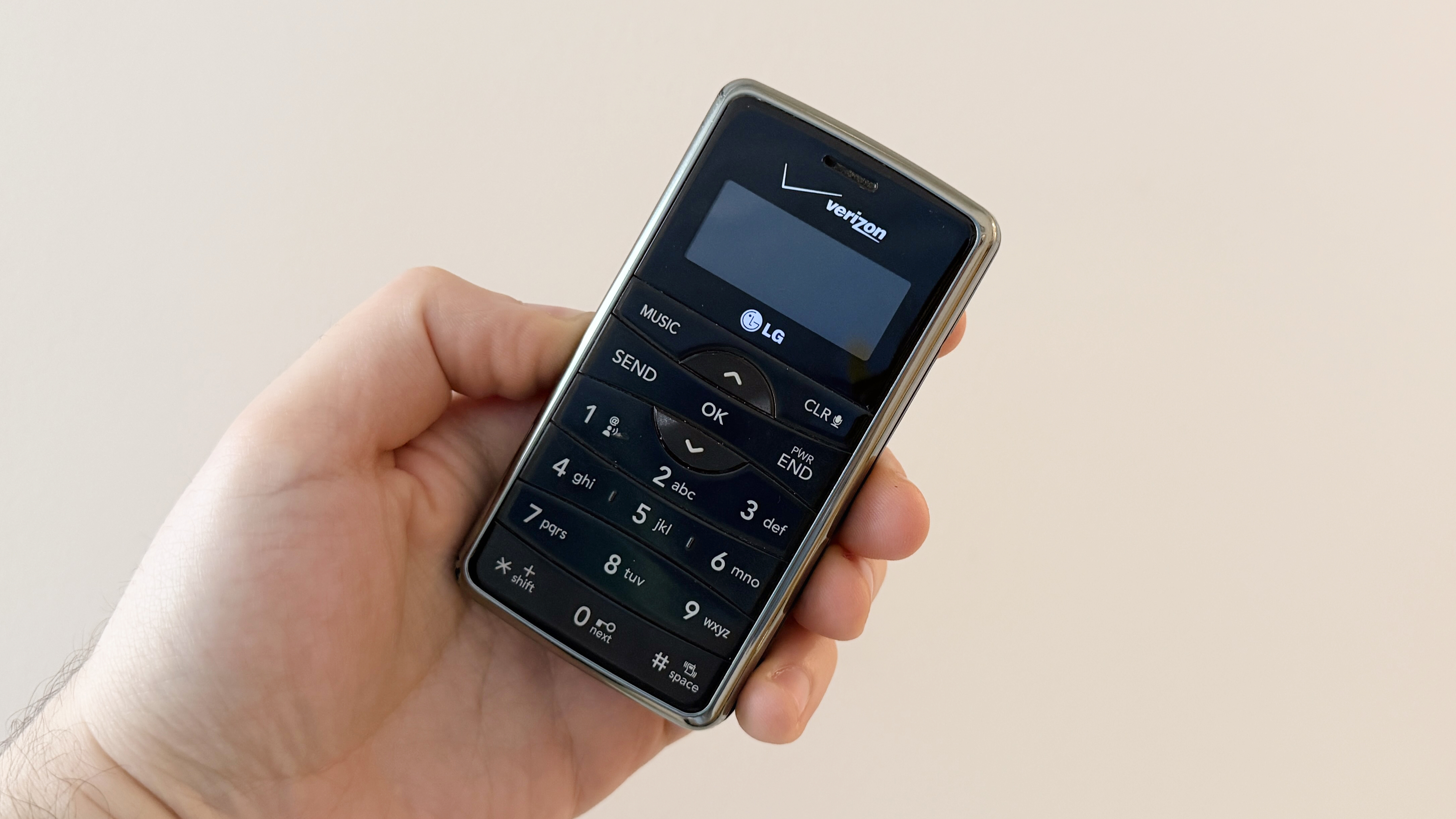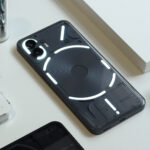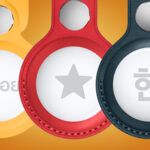- LG is finally shutting down the update servers for its phones in June
- This will mark the final end of LG’s phones, a market it quit in 2021
- We’ve ranked our favorite LG phones from the last 25 years
Remember LG phones? Not too long ago, the Korean tech giant was one of the most exciting phone makers around, dazzling us innovators like the LG Chocolate ‘slider’ phone and the swivel-screened LG Wing.
But sadly, no more – as spotted by Android Authority, LG plans to finally shut down the update servers for its phones on June 30. On a practical level, this means that if you still own an LG phone (a gold star for your commitment, if so), you have exactly two months left to download a final Android update on it before the cord is cut.
Yet, the news is arguably more symbolic than practical. It’s now four years since LG confirmed that it would stop making smartphones, after an impressive 25-year run of doing so.
Indeed, LG was one of the first tech giants to step into the phone space in the 1990s, alongside Samsung and Sony, when it took on Nokia and Motorola and became a big player in the ‘feature phones’ space.
So what exactly were LG’s biggest phone hits, and the ones we look back on most fondly? Here’s our list – let us know which ones you think are missing in the comments below.
7. LG G Flex (2013)
The most human phone ever. That was LG’s slogan for the wonderfully crazy LG G Flex – a handset that featured a ‘flexible’ display and ‘self-healing’ back.
The device itself was also ‘flexible’. The G Flex had a natural curvature, which LG said allowed it to sit more comfortably against your face, and position the microphone closer to your mouth – who remembers the Nokia 8110 ‘banana phone?
However, as I said in my review of the phone, “don’t get too excited about its flexible abilities…you can’t actually go about folding it up.
“Lay the LG G Flex face down on a flat surface and at its most curved point the screen is still just a few millimeters above the surface. But then comes the fun part. Apply a decent amount of pressure to the rear of the G Flex and you can flatten the handset out.”
And the reaction it got when I showed people this flexible feat? “I was met – without fail – by a sea of wincing faces as the G Flex made seriously concerning creaking and crunching sounds. Sure the handset does flex, slightly, but it never sounds like it’s enjoying the workout.”
Then there was the ‘self-healing’ back, which was able to soak up minor bumps and knocks, but it certainly wasn’t immune to a scratch or two.
The LG G Flex wasn’t the best phone, and it was extremely expensive, but it did what LG did best – something different, something unique, something wild. And that’s what I love.
By John McCann
6. LG KU990 Viewty (2007)
The very fact that I refuse to throw this phone away – 18 years after its release – shows the love I have for it. This phone had a 5MP camera, Xenon flash, DVD(ish) quality video recording, a manual zoom button – and a touchscreen.
For all you kids out there, you don’t know how exciting this was to use when you’d been only used to tapping away at keys. A keyboard that could move and become a movie screen? Amazing! (Skipping past the fact that there was very little video content out there to actually watch).
There was a stylus that you could attach with a little cord (although that quickly got annoying) and I’m certain that if I fired up the phone now, the resistive touchscreen would drive me up the wall (where it senses pressure over spotting the electrical conduct in your fingertips) by inaccurately guessing which part of the screen I wanted to prod.
It was rumored that this phone actually outsold the initial iPhone, thanks to the higher spec, lower price (and the fact Apple wasn’t officially reporting sales figures…), and while that lead didn’t last long, it was entirely deserved in my eyes.
By Gareth Beavis
5. LG Cookie (2008)
When the LG Cookie launched in 2008, it took youngsters by storm. I know that, because I was one, and it marked the first phone I could actually call my own. In hindsight, the Cookie wasn’t all that spectacular, and in fact, LG used it to target the entry-level touchscreen market by keeping the cost of the device as low as possible.
That scrimping resulted in a 3-inch, 240 x 400 pixel touchscreen powered by an ARM9E CPU with a clock rate of 175 MHz. It also had a 3.15MP camera capable of capturing videos at 12 frame/s, and no flash option.
Pretty impressive, right? No, not really, but the combination of super cool looks (yes, I had the white version) and a neat little stylus hidden away in the phone’s body meant the LG Cookie was, for me, the height of style and innovation during my formative years.
By Axel Metz
4. LG enV2 (2008)
It may not have been my first phone, but the enV2 was definitely one of the first – and one I still have in a closet somewhere.
The LG enV2 wasn’t the original clamshell, but it did have a large number pad with a tiny screen on the front and the ability to fold open to a bigger screen (well, big by non-smartphone standards). With speakers on either side and a closer to full-size QWERTY keyboard, it was a real BlackBerry rival.
The LG enV2 offered some smartphone-esque, BlackBerry-esque flair without the smarts, and it was quite fun to use and served me well, even with a removable battery on the back. It also has a decent camera, though not with shots I’d want to share now. But I remember getting pretty good at typing on the inside keys and had a lot of fun responding to text messages on it.
In the years since, I reviewed a number of other LG phones. In my early blogging days, I fondly remember chatting with Mr. Mobile – aka Michael Fisher – at LG G3 Day. But the LG enV2 offered a lot of features, even some mini mobile games, in a durable, not-so-smart package.
By Jacob Krol
3. LG Wing (2020)
The LG Wing was supposed to be unlike any other smartphone the world had ever seen. It was the first device in LG’s ‘Explorer‘ series of devices, which would have been a series of products meant to explore unconventional form-factors – such as the LG Rollable.
The LG Wing broke every rule of the textbook, with a big and bulky design, far too many moving parts, and at a premium price point for mid-range specs. While it was not really the best phone for the price, it was among the most enjoyable devices that I ever laid my hands on.
It was a cool party trick to reveal the second display with just a swipe, in what was probably the most polarizing design of its time. Notably, even for a first-gen product with an unfamiliar form factor, it was surprisingly not bad, with a decent number of features and third-party apps optimized to make use of the dual-screen approach.
The Wing is a fitting swansong for LG’s smartphone journey, cementing its place in the history books as one of the most innovative brands in this space, being unafraid of experimenting and going against the norms; while serving as a reminder of how unforgiving the smartphone market can be.
By Aakash Jhaveri
2. Google Nexus 5 (2013)
2013 was a big year for LG in the smartphone world. Alongside its G2 flagship and its first bendy phone, it was invited to make the next iteration of Google’s Nexus line of smartphones.
Nexus was a project from Google that brought in Android phone manufacturers to make hardware designed to show off what the software can do in its purest form. The Nexus 5 was one of the best handsets in the series, and a big part of that is down to LG’s impact.
The Nexus 5 had a lot of similarities with the LG G2 we’ve mentioned below (spoiler alert), but this used Android software in a way that Google intended. It felt even sleeker than the LG G2, and it had an affordable price, too.
As one of the first smartphones I used as a technology journalist, I began to see what Google was aiming for with its Nexus line on the Nexus 5. I also spotted what LG was capable of in one of the best time periods for LG smartphones, and I’ll always have a fondness for this specific phone because of that.
By James Peckham
1. LG G2 (2013)
There have been a few smartphones over the years that have almost exquisitely got the blend of features, hardware, and price right, and the LG G2 (or Optimus G2 in some regions, as the company inexplicably kept jamming a clunky extra word into the title) was just that.
This was just a great handset. A 5.2-inch screen was huge at the time, and the 13MP camera was right in the race for the best out there, with loads of great features to tweak and some top snaps being possible. The shiny, rounded plastic shell felt robust in the hand, and the overall interface was brimming with clever little tweaks to improve the basic Android experience.
But the main star was the placement of the rear buttons – a power key that was flanked above and below by the volume buttons on the back of the phone!
The idea was that this would be more of a natural, ergonomic fit in the hand, given its ‘huge’ size, and therefore you’d be less likely to drop it. Some reviewers found that it was too hard to reprogram the brain to look for the unlock key there, but they weren’t using it for long enough. I sometimes still yearn for it now, and keep wondering why phone brands aren’t using the rear of the phone for some kind of touch interface.
Of course, I’m pretty sure the annals of time are making me remember this phone with a rosy hue – Android overlays were often buggy back then, the fiddly camera settings probably irked, and the buttons probably fell off or something. But I remember this phone with true fondness – for a time, it looked like the success of this phone was going to keep LG at the top table of the smartphone world for years to come, but sadly, that never materialized.
By Gareth Beavis
Read the full article here



